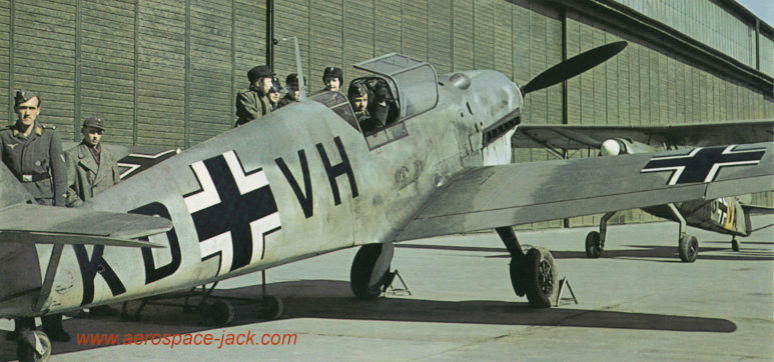The Aerospace History Blog - Page 04

Post 025
Early Heinkel He 111 Bomber/Airliner
The two drawings of a Heinkel He 111 with a stepped nose,
published in the "Documents" section, aroused questions.
- Was the aircraft developed by Heinkel's own decision?
- Was the He 111 planned as a bomber from the start?
To answer the question briefly. In the summer of 1933, shortly after
the Nazis took power in Germany, Heinkel was asked to build a new,
larger production plant and begin developing an aircraft that could be
used as a commercial aircraft and as a bomber. The success of the
Boeing 247 and Douglas DC-2 led Heinkel to plan a twin-engine
aircraft.
The first prototype He 111a had a glazed nose for a bombardier. This
makes it clear which variant was more important. The prototype first
flew on February 24, 1935, it received no registration. The second
prototype, D-ALIX, was then a version for 10 passengers. It flew for
the first time on April 12, 1935. At that time, the He 111 was the
fastest passenger aircraft in the world. In 1938, with the introduction
of the P-series, the He 111 bombers received the fully glazed nose
for which they are known today.

Posted by Uwe W. Jack

The Heinkel He 111 V16 shows the windows for the passengers. This aircraft was
used by the German Air Ministery RLM as a liaison aircraft.
(click to enlarge - the file may not be modified - commercial use is prohibited.)
The Bomber He 111 E, D-AANU, after roll-out.
This registration seduced many authors into
mistaking this machine for a civil aircraft.
(click to enlarge - the file may not be modified -
commercial use is prohibited.)
Post 026
16 small spherical tanks contain oxygen and nitrogen. The
round disk is an access hatch for the maintenance of the
instruments. (Click to enlarge - the file may not be modified -
commercial use is prohibited.)
Why did the Soviets have to lie about
mankind's first space flight?
In the spring of 1961, the United States was preparing to send the
first human into space with a Mercury capsule. While only a short
ballistic flight was planned, this feat was intended to prove to the
world that America has taken the lead in space travel. On April 12th
the message came like a clap of thunder: "With a spaceship of the
Vostok type, the Soviet citizen Yuri Gagarin has orbited the earth
once and landed in his spaceship without any problems."
Lieutenant Yuri Gagarin (1934-1968) was a fighter pilot. The Soviet
report that Gagarin piloted his spaceship, that the flight went without
any problems and that Gagarin landed with the capsule are all lies
that the Soviet government published so that no one would dispute
their success of the first manned space flight.
Records in aviation are recognized by the international organization
FAI according to their rules. According to this, a record can only be
accepted if a person is on board of his vehicle from take-off to
landing and he is in control of the flight. If not, it is only considered
ballast and the flight is counted as “unpiloted”. Gagarin did not meet
both criteria. He had no influence on the flight of the spaceship and
he catapulted himself out of the cabin before landing, which touched
down without him. So the Soviets lied to secure the record.
The capsule was in orbit too high and there were several mishaps
on landing. For example, the service module could not be
completely separated from the spherical landing capsule and was
only released by the heat when it reentered the atmosphere.
Today nobody doubts the significant achievement of a human's first
flight into space. 60 years ago, Yuri Gagarin paved the way for
mankind to fly to other planets.

Posted by Uwe W. Jack
Yuri Gagarin is sitting in the bus that will take
him to the launch pad to perform the first
human space flight.

The Air and Space Museum in Paris Le Bourget shows a realistic copy of
the Vostok spaceship. Unfortunately the landing engine at the rear is
missing. (Click to enlarge - the file may not be modified - commercial use
is prohibited.)

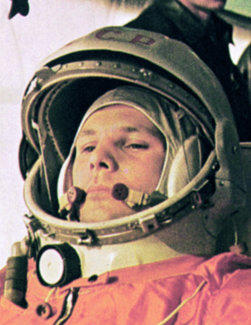
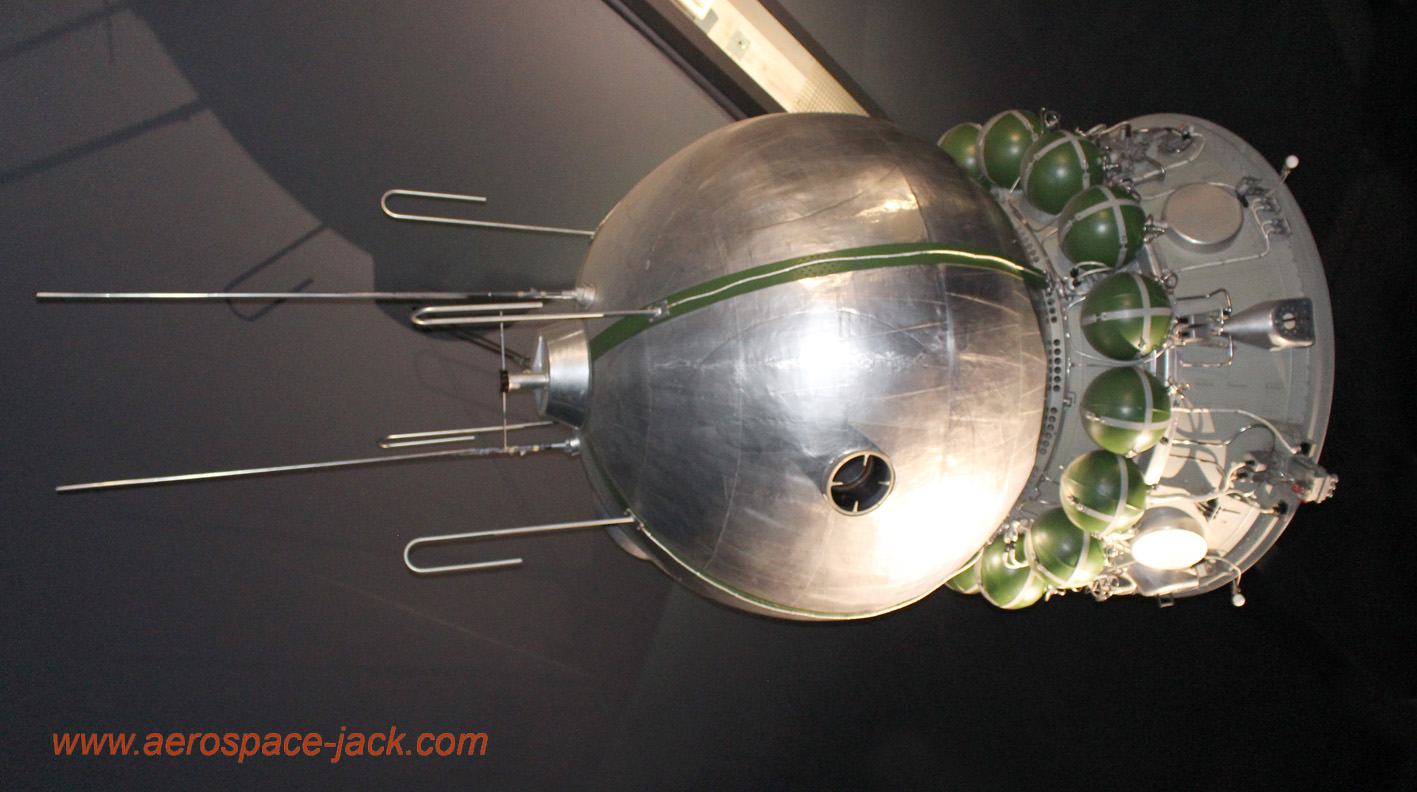
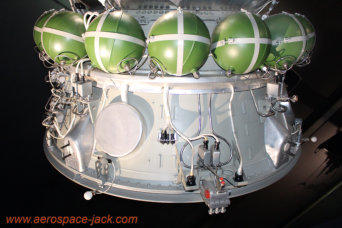
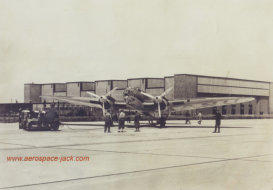
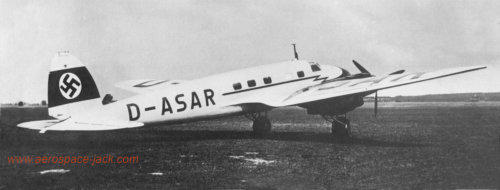

Post 027
Apollo 11 Astronaut Michael Collins died at
the age of 90
Astronaut Michael Collins died of cancer on April 28, 2021 at the age
of 90. He became famous for piloting the capsule on the first Apollo 11
moon landing in July 1969.
Born on October 31, 1930 in Rome, Italy, as the son of an American
military attaché, Collins spent his youth in various cities to which the
army sent his father. He is considered the astronaut with the broadest
general education and the calmest character. His understanding of
technical processes was unusually strong and he learned very quickly.
He did not develop a love of technology, which moved most of his
comrades, he just tolerated it. This inner distance made him see things
differently - a positive factor within a crew. Another astronaut put it this
way: "If you get into trouble up there, Mike is the one you want with
you".
After school, like many of his, he went to the elite military academy in
West Point. There were many attractive offers for him from the army.
But Collins wanted to avoid the impression that he was being
protected because he came from a family of high army officers. So,
following his childhood dream, he chose to join the Air Force. Moved to
Boston, Collins met his wife, a social worker, there. They married in
France to avoid their parents' accusations, as both belonged to
different, strictly conservative religious communities. The two have two
daughters and a son. In 1957, Collins left the U.S. Air Force and
graduated as an aerospace engineer. In 1960, Collins passed the
entrance exam to the Edwards Test Pilot School.
He then attended a postgraduate course on space flight and rocket
technology. The eleven participants flew with special F-104 Starfighter
with rocket engines up to a height of 27,000 meters and experienced
short phases of weightlessness there. Collins was accepted for third
group of astronauts in 1963. As the first member of the third group,
Collins received a nomination for a backup crew. With Edward White
he was backup for Gemini 7. Collins introduced that the backup crew
in the last phase of four weeks before take-off and of course during the
flight, informed the wives of the primary crew daily about the flight.
Soon Collins was nominated for Gemini 10 with the new commanding
officer, John Young. Gemini 10 launched on July 18, 1966. The
spacecraft docked with a target satellite and Collins left the spacecraft
for an EVA maneuver.
For the Apollo project, Collins trained to fly the lunar module, when the
mission was changed, as no LM was available, he was trained to pilot
the capsule. An surgery prevented his flight. When the crew was
assembled for the first moon landing, Collins was the only astronaut
who could fly both the capsule and the lunar module - the best
possible choice for the capsule pilot.
Michael Collins was always in the shadow of his two comrades Neil
Armstrong and Edward "Buzz" Aldrin, who had landed on the moon,
because he “only” stayed with the capsule in lunar orbit. In the years
after Apollo, however, he was considered by many to be one of the
best and most reliable witnesses in the entire space program and he
wrote some excellent books on this. Until his death he lived humbly
and never sought the public's attention. A quiet but important hero has
left us!
https://www.nasa.gov/press-release/statements-on-passing-of-
michael-collins

Posted by Uwe W. Jack
Michael Collins practices in the Apollo
Command Module Simulator.
(click to enlarge)

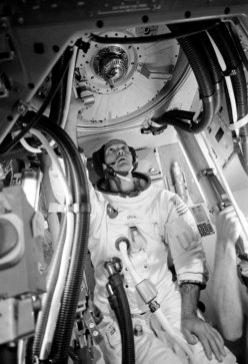
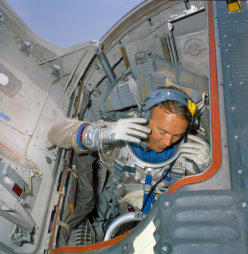
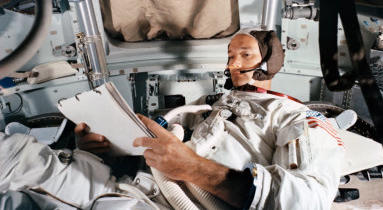
Collins during his first assignment as a
backup astronaut for Gemini 7.
(click to enlarge)
Collins studies an Apollo Manual in the Command Module.
(click to enlarge)
Post 028
Luftwaffe training aircraft
An interesting color photo of an Luftwaffe flight school. The photo
must have been taken around 1940/1941. In the foreground is a
Messerschmitt Bf 109 C with a Jumo 210 engine. At this point in
time the Bf 109C was already out of date and was only used for pilot
training. The heavily weathered and dirty paintwork on the aircraft is
evidence of frequent use. The Balkenkreuz and the registration
KD+VH, on the other hand, seem to have been recently applied.
The four children and the civilian behind the Messerschmitt indicate
that this photo was taken during an “open day” at an airfield. This
was often done on march 1st (the Luftwaffe-day) - clothing would
also fit at this time of year.
Also noteworthy is the Arado Ar 79 in the background. The NG+VA
with the serial number 1323 belonged to the A/B-school 82 on the
Brand Airfield, south of Berlin. The Arado wears a yellow fuselage
band. From the attack on the Soviet Union on June 22, 1941, this
was the identification symbol for Luftwaffe aircraft on the Eastern
Front. However, this Ar 79 will not have participated in the hostilities.
So the fuselage band seems to have been a marking for training
aircraft before June 1941 - possibly as a warning signal for other
aircraft in the airspace.
Former Luftwaffe members to whom I showed this photo, believed
the hangar in the background belonged to the Werneuchen airfield,
north of Berlin.

Posted by Uwe W. Jack
Boys look enthusiastically into the cockpit of a Messerschmitt Bf 109 C at a Luftwaffe flight school.
(click to enlarge - the file may not be modified - commercial use is prohibited.)
Post 029
May 5, 1961:
Alan Shepard - first U.S. citizen in space
Alan Bartlett Shepard (1923-1998) took the risk of becoming the first
person to fly into space with an American rocket. The modified
military missile of the Redstone type was the direct successor to the
German V-2. Unlike Yuri Gagarin, who had flown a complete orbit
on April 12, 1961, Shepard flew on May 5, 1961 on a parabolic
flightpath that took him to an altitude of 187 kilometers (101 nautical
miles). The entire flight lasted 15 minutes. The launch was originally
scheduled for early December 1960, but technical problems delayed
the flight and deprived Shepard of the honor of becoming the first
human in space.
Shepard was known (and feared) for his humor. He was banned
from flying because of an illness in his ear's sense of balance; he
had recently been appointed commander of the first Gemini
mission. Shepard remained on NASA's space team as head of the
astronauts office. After an operation, he was appointed commander
of Apollo 13. So that he and his crew had more time for training, the
mission was postponed to Apollo 14. During the landing approach
on the moon, the landing radar failed several times. Shepard did the
landing manually and landed closest of all missions to the target
point. He was the only one of the original Mercury Seven that made
it to the moon.
After retiring from the astronaut team, he began a successful
business career, mainly building shopping malls. Alan Shepard is an
example of a person who did not let setbacks get him down, who
ultimately achieved his goal and always kept his sense of humor.

Posted by Uwe W. Jack
Alan Shepard in his Mercury spaceship
“Freedom 7” awaiting closure of the hatch.
(click to enlarge)

Alan Shepard displays his Mercury spacesuit and his
sense of humor.
(click to enlarge)
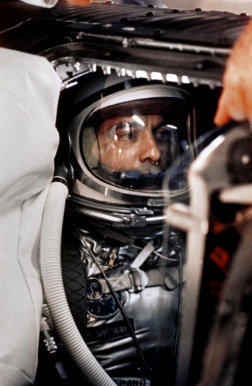
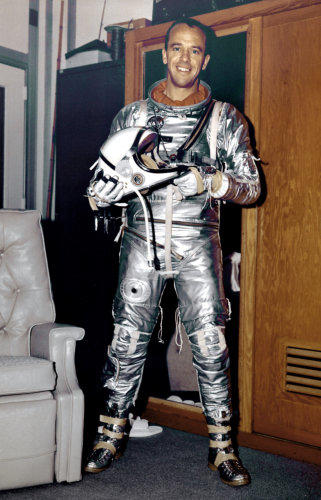
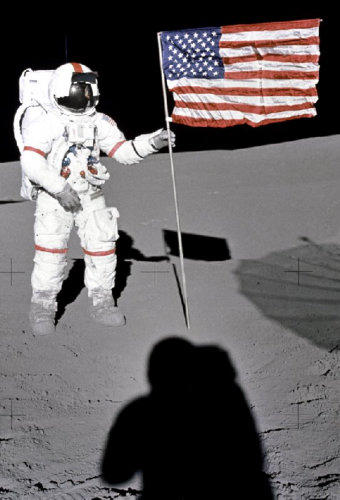
When doing his first steps on the moon, Shepard says: “It's
been a long way, but we're here”. That was a comment
related to his difficult astronaut career.
(click to enlarge)

